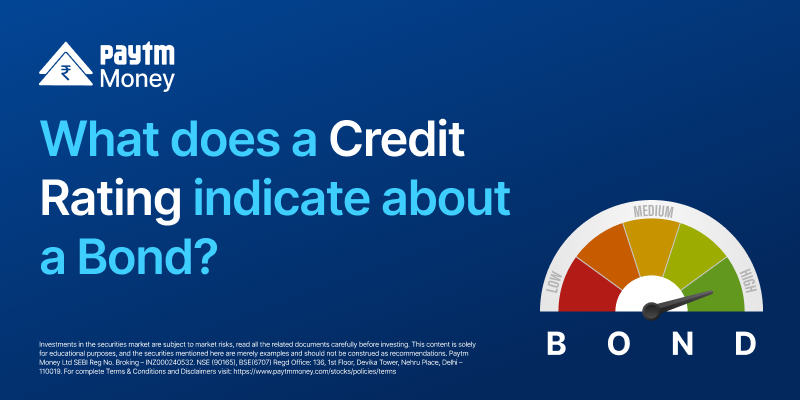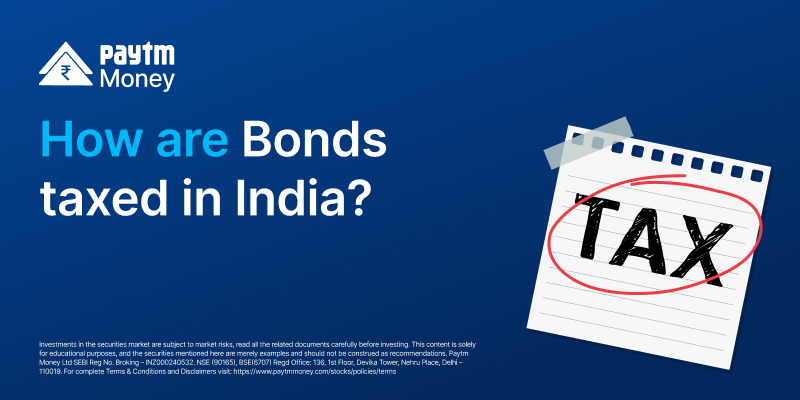FAQs: Rights Issue and Rights Entitlement5 min read
Rights issue and Right Entitlements are terms you’ve probably heard often.
We’ve tried to answer some doubts you might have about Rights Issue and Rights Entitlements. Take a look.
You can also refer to the exchange’s list of FAQs for further details.
What are Rights Entitlements?
If you hold the shares of the company issuing rights shares on the record date, you will be eligible for applying to rights issue. You will get temporary securities called Rights Entitlements (REs) in your demat account to apply for the rights issue.
How can physical shareholders get their REs?
REs can be credited only in the dematerialized form into the account of eligible shareholders. Physical shareholders are required to provide their demat account details to the Issuer/Registrar not later than two working days prior to the issue closing date.
How can Rights Entitlements be used?
Here’s what a shareholder eligible for REs can do:
- Use the REs to apply for the rights issue within the Issue Period
- Sell the REs to someone else who might want to apply for the rights issue before the Renunciation of Rights Entitlement date
- Do nothing. The shareholder can let the REs lapse by not subscribing.
When are REs credited?
REs are usually credited before the date of opening of the issue.
How does trading in REs take place?
REs shall be traded on exchanges in the secondary market, with T+2 rolling settlement, similar to stocks.
Trading in REs on the secondary market platform of stock exchanges starts along with the opening of the rights issue. Trading in REs closes at least four days prior to the closure of the rights issue
How can investors holding REs in demat form can renounce it?
Investors can sell REs by trading on stock exchange platforms or off-market transfer. This can be done before the Renunciation of Rights Entitlement date, which is usually 3-4 days prior to the Issue Close date.
Such trades will be settled by transferring REs through depository mechanism, in the same manner as done for all other types of securities. The transactions in REs will be settled on a trade-for-trade basis, with the T+2 settlement cycle.
What are the payment modes available for Rights Issue?
Application for a rights issue can be made only through the ASBA facility.
How can I get the application form for the Rights issue?
- The issuer company shall dispatch a common application form to its shareholders as on the record date. Along with the application form, the issuer shall also send the details of the rights entitlements of the shareholder separately.
- This application form can be used both by the shareholder or renouncee.
- Registrar to the issue shall also upload the application forms on its website.
- Applicants can use the application form available on the website of registrar to the issue or printed forms sourced from the issuer, merchant bankers or registrars to the issue.
You can also make the application in writing on a plain piece of paper.
How can I check the ISIN Number?
The issuer is required to specify the ISIN for REs while announcing the record date. Based on the RE ratio, the issuer credits REs to shareholders holding shares as on the record date.
However, the ISIN is kept frozen (for debit) in the depository system till the date of opening of the issue.
What happens if the demat account is frozen?
If the demat account of a shareholder is frozen or demat account details are not available, including shares held in unclaimed suspense account or in the account of IEPF Authority, then REs shall be credited in a suspense escrow demat account of the Company and an intimation should be sent to such shareholder by the issuer/Registrar to the issue.
How many applications can be made from one demat account?
Only one application is permitted for REs in a demat account.
What are the related trading details for REs?
- Market Type- Equity Market
- Order Matching – Anonymous Order Book. Continuous Matching with Price Time priority
- Group available for trading- “R”
- Lot size- 1 share
- Order Type- All Orders types applicable in continuous trading
- Tick Price- Rs 0.05 or Rs 0.01
- Price band – +/- 40%
Under which segments do REs trade?
Rights entitlement would be traded on the Equity market segment of BSE.
What is the symbol of an RE stock?
The exchange informs the market about the symbol before the trading date.
Which market sessions would the RE be available for trading?
Trading in Rights Entitlement will be permitted in all the Trading Sessions i.e. the pre-
open, auction session, continuous trading session, both block deal sessions (morning and afternoon) & post closing session
How is the base price calculated?
On the first day of the Right Entitlement, the base price would be calculated as (Closing
Price of the stock -Right Entitlement price). On every subsequent day the Closing price of the Right Entitlement trading would be the base price.
What would be the applicable margin for trading Rights?
Applicable margin shall be 100% of Rights Entitlement.
What happens to any shortage in settlement of such trades?
Any shortages in Rights Entitlement will be directly closed-out at the highest price of Rights Entitlement prevailing across exchanges from the day of trading till the T+1 day, or 20% above the settlement price of Rights Entitlement on the T+1 day, whichever is higher.
Can a person who is not an existing shareholders of the issuer company apply for the Rights Issue?
Yes. By purchasing the REs, a person who is not an existing shareholder of the issuer
company can apply to the Rights Issue.
Where can I get the detailed information about an RE?
Please refer to the Letter of offer (LOO) of the issuer, since they are required to specify the details of the processes related to REs.
If you’d like to get a further understanding of REs and Rights Issues, you can read our previous blog.



